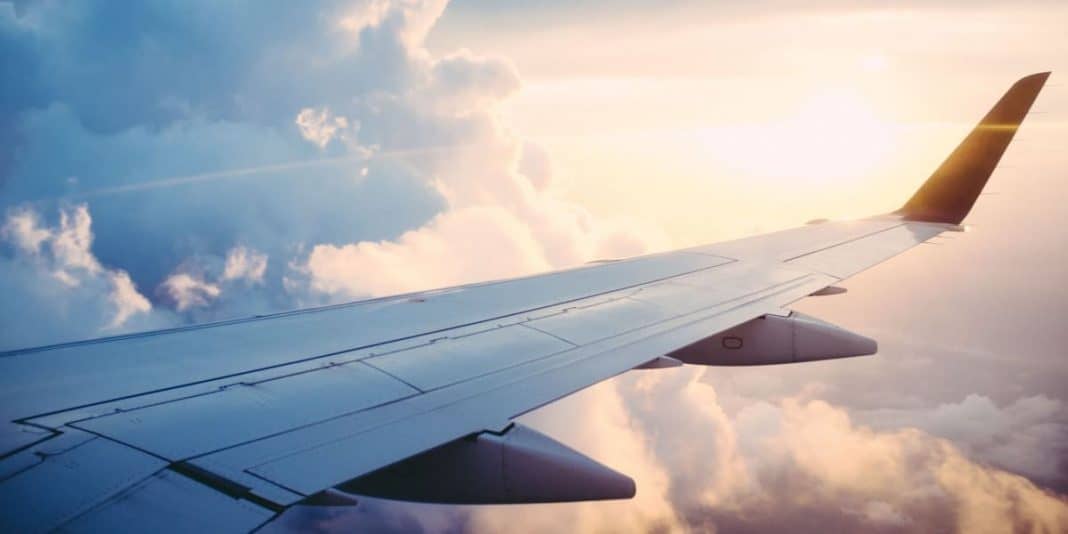Our southern neighbors tend to dismiss rule of law.
In 1995, Canada and the United States modernized their restrictive 20-year-old bilateral air service agreement. It resulted in access to more destinations in the United States and Canada.
Globally and regionally airline deregulation is well underway. The European Union commenced integration of their airline market in 1997.
Currently, any carrier from any European Union-member country can operate domestic flights within any other European country as though it possessed the nationality of the country in question.
The reduction in air industry barriers provided fertile ground for the emergence of budget-priced carriers such as EasyJet and RyanAir, with 50 percent of their traffic being new growth.
Another regional initiative has been undertaken by China and Thailand, which recently signed their first open-skies agreement.
The success of this initiative leads many to predict an open-skies policy for the Asia-Pacific region before 2015. Open-sky bilateral and multilateral agreements are underway worldwide.
Most of us recognize the economic arguments in favour of free trade and the removal of trade impediments. On many fronts, the success of the North American Free Trade Agreement (NAFTA) can support this observation. Economies of scale have reduced the cost of transportation of goods and travel. This is a matter of record.
Yet open-skies agreements have not caught on in Canada. The United States has more than 50 such agreements in place, while Canada only has one – the 1995 agreement with the United States.
Ottawa’s shortcoming has not served us well. It has significantly marred the competitiveness of our international airports.
The Vancouver International Airport is the closest point of entry for Northeast Asian travellers, yet it is only authorized to permit 12 Asian airlines to fly into Vancouver with very tight frequency restrictions.
Further, only 10 Asian cities are served by direct flights from Vancouver and only six from Toronto. In a global marketplace, we can – and must – do better.
Concurrently, Canada is negotiating an increase in the weekly frequencies of travel with China and India. Success with these initiatives will be great news for the Canadian tourism industry, given Beijing recently granted Canada approval to apply for Approved Destination Status (ADS). As a result, Chinese tourism could double once ADS is approved.
Why then should Canada be cautious in expanding our open-sky arrangements with the United States? Because they have demonstrated a propensity to discard the rule of law.
In Western Canada, we only have to look at the lumber issues to understand our reluctance to enter further agreements with the U.S.
I believe the Canada-U.S. open-skies negotiations will centre on the following issues:
* First, both countries will ask for “fifth freedom” rights. This right is a key benefit that enables carriers to fly passengers to the other’s country and then continue on to a third country after picking up more passengers.
China has granted fifth freedom rights to Singapore, Japan and Australia and is concluding negotiations with the U.S. for the inclusion of this clause. I believe this issue will be contentious as there are currently five American airlines in bankruptcy protection. Their chances for emerging successfully are even more precarious given the last few weeks of increased fuel costs. Like the American lumber producers, watch for strong lobbying against open skies from these folks.
* Second, Canada will be asked to relax the ownership restrictions on our carriers from the current 25-per-cent ownership level to 49 percent. Air Canada, WestJet and small regional carriers will become merger-and-acquisition targets. On the positive side, Canadian firms will have greater access to global capital markets.
* Third, “co-criminalization” – the ability to transfer the contents of the aircraft on foreign soil – is expected to be a hot button for the American negotiators. This will also not sit well with our domestic cargo-carrying firms.
Such acquiescence by our negotiators could result, for example, in a U.S. carrier’s Seattle-to-Winnipeg flight being permitted to carry cargo bound for Calgary. This could potentially cannibalize domestic cargo routes.
* Fourth, we will be asked to agree to “cabotage” – allowing American airlines to fly between Canadian cities. The danger here is that the U.S. carriers will cherry-pick the profitable travel routes, thereby increasing the difficulty for Canadian carriers to serve Canada’s smaller communities.
* Finally, a cloud on the horizon is the American Patriot Act and Canada’s own Anti-Terrorism Act. According to Transport Canada, “air travellers benefit from a seamless, in-transit pre-clearance technology that speeds passengers through customs; code-sharing agreements that better integrate transborder and international networks; and electronic ticketing that save consumers time in arranging flights.”
However, these benefits will come at a cost to our personal privacy. The implications of this must be well thought out and the potential damage mitigated.
At the centre of our negotiations, we must remember that Canada’s air policy must serve the needs of the communities and shippers. These needs must not be watered down by protecting the carriers. Airlines, like Canadian textile manufacturers, have had since 1995 to prepare for this next step in the deregulation of Canada’s air industry.
Yes, I believe it is time for Canada and the United States to catch up with other regions and create an open, unrestricted, single aviation market that will present more choices for Canadians.
But I do so with this recommendation that we keep in mind the United States’ rejection of NAFTA rulings when they don’t like the decisions rendered.
Note: This article was originally published in 2005.



